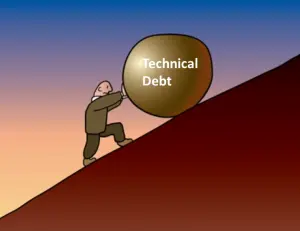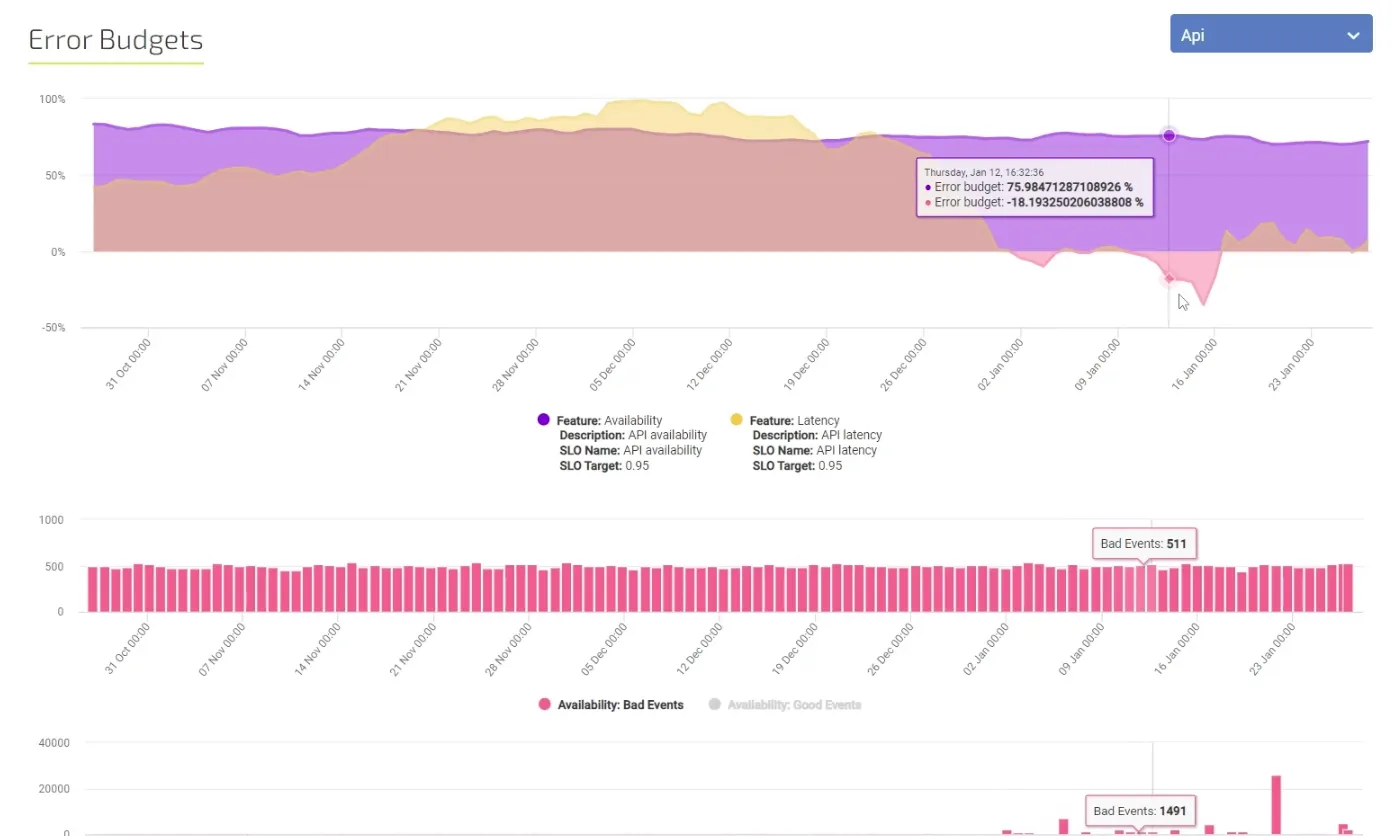The 10x Developer

Published on September 2014 by Arjan Franzen

HBO’s ‘Gilfoyle’ in the series Silicon Valley, enjoying beer while explaining something
Meet ‘Gilfoyle’; Gilfoyle lives inside HBO’s comedy series ‘Silicon Valley’. This series portrays a number of fictional silicon valley companies and mainly: Pied Piper. Pied Piper is the startup company where the main characters of the show (Richard, Gilfoyle, Dinesh and Jared) strive for world dominance with their new products.
Gilfoyle and Dinesh are developers. The way they are portrayed in the series is spot on if you consider the 3 virtues of a programmer:
- Laziness,
- Impatience,
- Hubris
Larry Wall (The creator of the programming language Perl) named these three tongue-in-cheek virtues of programmers way back when (the early 90s). However, I think they still hold (some) value.
These virtues create a culture where full automation is celebrated (Laziness), slow software is shunned (Impatience) and great new solutions are rewarded (Hubris, Ego). Some of the developers are famed for being 10 times as fast as normal programmers.
In Clive Thompson’s 2020 book ‘Coders’ Thompson describes the mythology of the 10x coder. Both Gilfoyle and Dinesh would qualify as 10x coders.
“Perhaps the most insidious problem with the idea of 10x-ing is that it mythologizes a sort of behaviour that almost no one can get away with but young white dudes”
If you strip Clive’s above quote of its woke silliness (skin colour really isn’t related here Clive) there is some truth in there that in our industry people like Dinesh and Gilfoyle are mythologised for their perceived ability to code 10x as fast and therefore should be treasured, not managed.

rev!
The 10x-coder focuses only on finishing the task at hand as fast as possible while making the least amount of mistakes (bugs) in the end product.
While this is a well-documented phenomenon, the consequences of this hyperfocus are far less easy to measure: Technical Debt.
Technical debt is the implied cost of additional rework caused by choosing an easy (limited) solution now instead of using a better approach that would take longer.

I would like to mythologise the 10x-ers for both their hyper-focus and productivity as well as their innate ability to conjure up mountains of Technical Debt.(see picture) This freshly created technical debt needs to be refactored. By refactoring the technical debt is lowered. This refactoring is done by the mere mortal, non-10x coders, much later when the 10x-er has received all fame, glory and kudos for adding so much value to the codebase so quickly.
Some of this behaviour can be traced back to teamwork (lack of) and ego (of the 10x-er). Weak teams containing a 10x-er create a high-risk situation for technical debt. The most effective solution to prevent surging technical debt is a cultural solution: fostering strong teams. This allows the team to be moving “as one” and not allow a prima donna 10x-er to be off on his/her own creating Technical Debt.
Make more awesome, together
Implement DevOps
Implementing DevOps requires linking the support systems to bring the ‘Dev’ to the ‘Ops’ and vice versa.
Find out how to set this up in 30 minutes yourselves.




